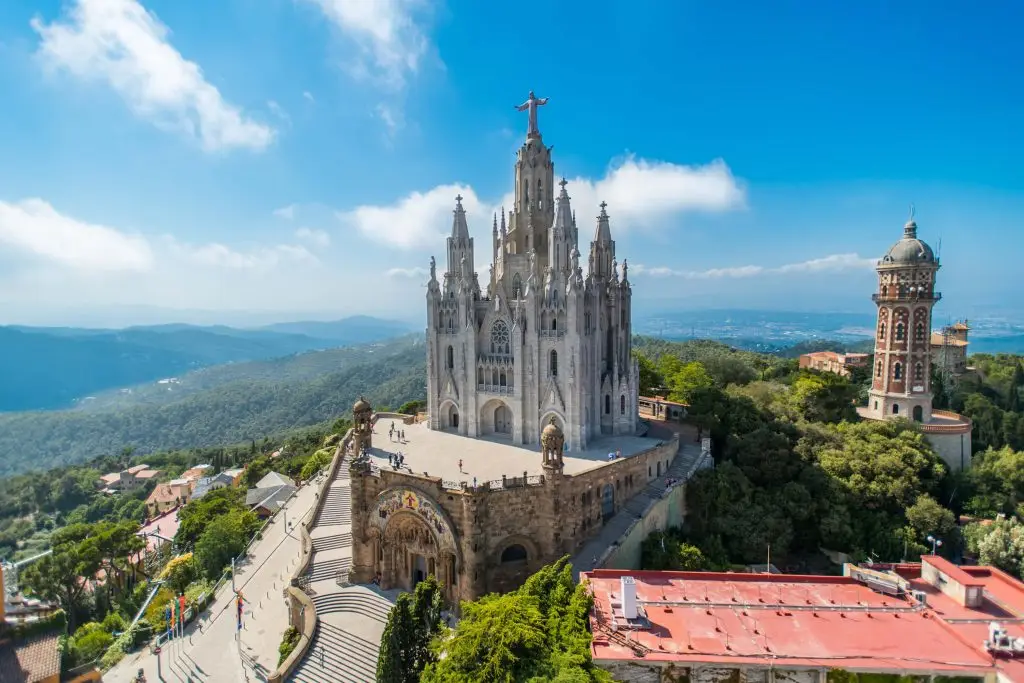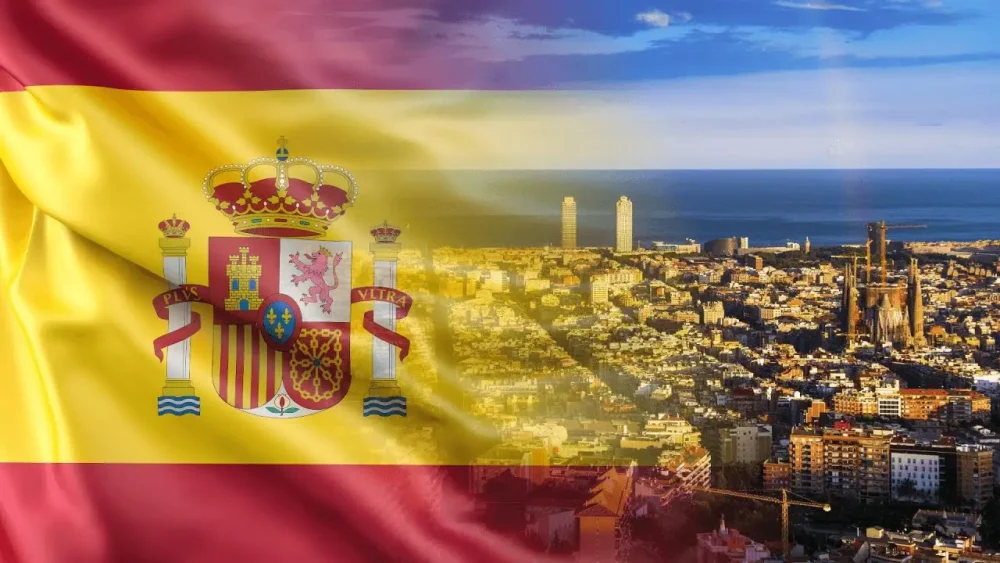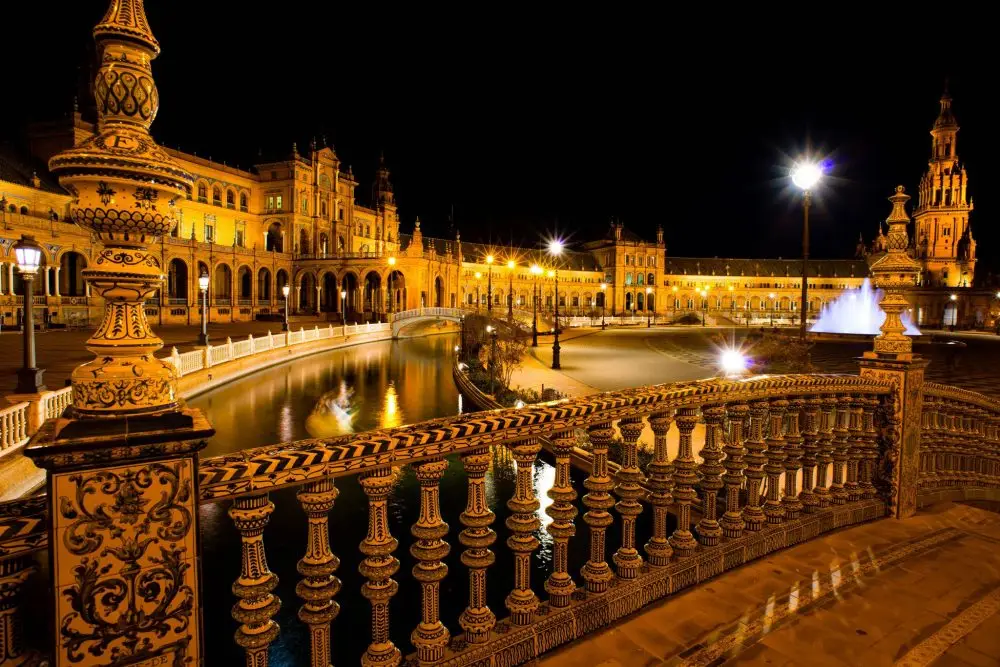Are you dreaming of a new home in another country? Naturalization is the most common way to obtain a passport and full citizenship status if you do not have direct roots, marriage with a foreigner, or the opportunity to invest huge sums. This process takes time, patience, and compliance with strict requirements, but it opens the door to new opportunities and rights. In this article, we will discuss in detail the grounds on which citizenship can be obtained by naturalization, what steps need to be taken and how to increase the chances of success.
Citizenship by naturalization: legal grounds
The procedure for obtaining citizenship by naturalization is based on specific conditions stipulated in the law of each country. The starting point is legal stay. Only an officially registered status, including a residence permit and permanent residence, gives the right to start counting down. Spain requires 10 years of legal residence. For immigrants from Latin America, the Philippines, Andorra and Sephardim, the term is reduced to 2 years. An important condition is the continuity of domicile, even for short—term trips outside the country. The legislation also provides for additional criteria: a positive reputation, no criminal record, stable income, proficiency in Spanish and knowledge of the basics of the constitution.
Proving participation: integration and engagement
 Citizenship by naturalization is granted not only based on the length of time, but also on the applicant’s involvement in the country’s social and economic life. The naturalized candidate demonstrates integration through employment, tax returns, and participation in educational, social, and cultural programs.
Citizenship by naturalization is granted not only based on the length of time, but also on the applicant’s involvement in the country’s social and economic life. The naturalized candidate demonstrates integration through employment, tax returns, and participation in educational, social, and cultural programs.
In Spain, the DELE A2 exam confirms basic language proficiency. Additionally, the CCSE test is conducted to assess knowledge of laws, traditions, history, and administrative structures. The applicant provides proof of income, employment contracts, work certificates, and tax returns.
Steps of the process: from the request to the passport
The process is a sequential chain of steps, each of which requires confirmation and official approval. Naturalization citizenship includes:
-
Obtaining a legal basis for residence — a visa, residence permit or permanent residence.
-
Accumulation of the required length of residence (for example, 10 years in Spain).
-
Collection and submission of documents: passport, certificate of non-criminal record, proof of income, lease or property agreement.
-
Passing a language and civil examination.
-
Background check, criminal record, tax and immigration history.
-
Interviews or additional checks are at the discretion of the migration authorities.
-
Taking the oath of allegiance to a new country.
-
Obtaining an ID card, passport, and full civil rights.
The financial side: sufficient income and no debts
Financial viability remains one of the key conditions for obtaining citizenship by naturalization by a foreigner. The State considers how much the applicant can provide for himself and not apply for social support. The Spanish authorities take into account:
- stable income at least below the minimum threshold;
- regular payment of taxes;
- no outstanding utility, administrative, or tax obligations.
For families with children, the requirements increase in proportion to the number of dependents.
Problematic factors: mistakes and risks when obtaining citizenship by naturalization
The naturalization process requires precision. Errors in the submission, lack of documents or non-compliance with the minimum criteria lead to a refusal. For example, undeclared trips can lead to a reset of the accumulated length of stay.
Common reasons for refusals:
- incomplete documents;
- lack of exams;
- criminal record;
- unreliable data;
- insufficient language level.
Naturalization citizenship requires careful attention to all the details. You can fix the error, but the re-process will take at least a year.
Features of citizenship by naturalization in Spain: a detailed analysis of the conditions and the process
Spain offers a path to citizenship through naturalization as a long-term but stable and predictable mechanism for legalization. The country’s legal system combines loyalty towards integrated residents with a high level of formalities. Each stage of the process requires proof of loyalty, inclusion, and compliance with the law.
Documents and conditions: what the Ministry of Internal Affairs checks
Naturalization citizenship in Spain involves not just a legal application, but a full background check, lifestyle assessment, and integration level. The list of mandatory conditions includes:
- stable income (availability of an employment contract, business or other source of financing);
- continuous residence (departures should not exceed 90 days per year or 6 months in total over the entire period);
- a positive tax history (tax returns, missing debts);
- a certificate of no criminal record from all countries where the applicant has lived in the last 5 years;
- a residence permit in Spain and proof of residence (rental agreement, bills, medical insurance);
- DELE A2 and CCSE certificates are exams that test knowledge of the Spanish language and the basics of the legal, political, and cultural system.
In addition to formal criteria, the candidate’s reputation is important, including feedback from employers, participation in local events, courses, and social activism.
Oath and renunciation of previous citizenship
The final stage is the signing of a solemn oath in front of a representative of the Ministry of Justice. From this moment on, the candidate becomes a legal Spanish citizen. The procedure is conducted in the local registry, where the candidate’s consent to the country’s constitutional order, loyalty to the Spanish nation, and renunciation of their previous citizenship are recorded.
However, Spain only allows dual citizenship with a select few countries, including most Latin American nations, as well as Portugal, the Philippines, and Andorra. For citizens of other countries, renouncing their previous citizenship is a mandatory requirement. Exceptions are allowed only if the refusal is officially prohibited by the laws of the country of origin.
Practical advice: how to get citizenship by naturalization without mistakes
Even if the length of stay coincides, an error in one of the points will delay the process for months. Recommendations:
- arrange official accommodation from the first day of entry;
- maintain stability of residence and income;
- take exams in advance;
- confirm integration by participating in local projects and courses;
- maintain an impeccable reputation;
- avoid even administrative offenses;
- keep copies of all migration documents.
Only if these conditions are met will the path be completed successfully.
Conclusion
 Naturalization citizenship remains a reliable but complex method of legalization. It requires patience, systematic approach, respect for the laws of the host country, and full adaptation to its rhythm. For those seeking to accelerate the process, investments in real estate or business offer an alternative. However, citizenship is not just a document; it is a reflection of one’s genuine contribution to society, respect for its norms, and appreciation of its history.
Naturalization citizenship remains a reliable but complex method of legalization. It requires patience, systematic approach, respect for the laws of the host country, and full adaptation to its rhythm. For those seeking to accelerate the process, investments in real estate or business offer an alternative. However, citizenship is not just a document; it is a reflection of one’s genuine contribution to society, respect for its norms, and appreciation of its history.
 en
en  ru
ru  de
de  ar
ar  es
es  nl
nl  hi
hi  fr
fr  it
it  pt
pt  el
el 










